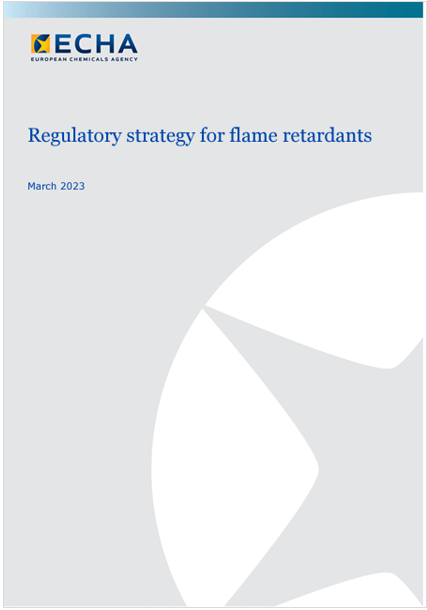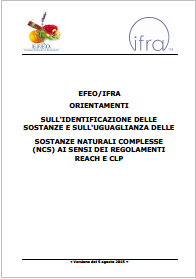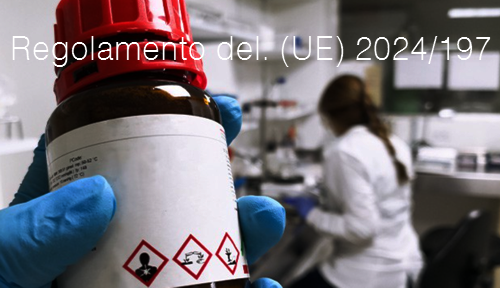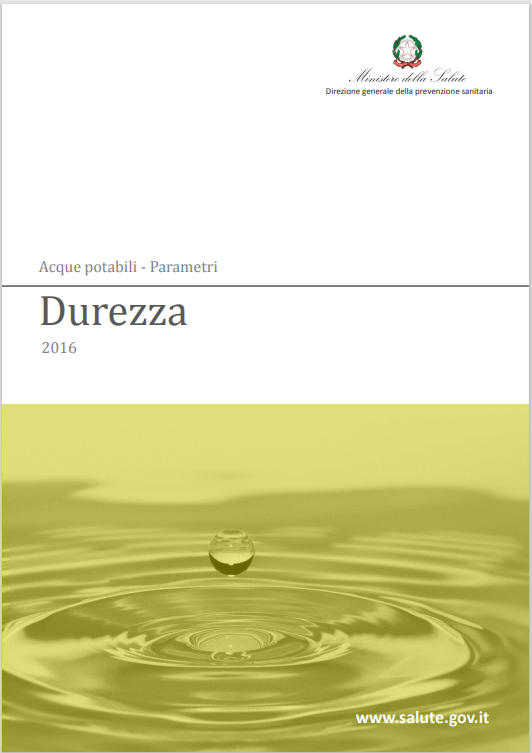Informazione tecnica HSE / 25 ° anno
/ Documenti disponibili:
45.540
/ Documenti scaricati: 34.382.309
/ Documenti scaricati: 34.382.309

ID 19212 | ECHA 15.03.2023
Aromatic brominated flame retardants, such as polybrominated diphenyl ethers, are generally persistent in the environment. Many, like decabromodiphenylether, are also known or suspected of being toxic and accumulating in people and animals. Their release could be minimised through an EU-wide restriction.
Before a potential restriction proposal, some preparatory work is required. This work could include an assessment of the waste stage to find out if hazardous substances are released when products containing flame retardants are dismantled, recycled, or disposed of. It could also include an assessment of the availability of suitable alternative substances or materials.
The restriction scope could cover all aromatic brominated flame retardants that are confirmed or will be confirmed to be persistent, bioaccumulative and toxic (PBT) or very persistent and very bioaccumulative (vPvB) through harmonised classification or identification as substances of very high concern (SVHCs).
For many aliphatic brominated and some organophosphorus-based flame retardants, more data is needed to determine if a restriction is necessary. These data are expected to be available from 2024 onwards, and ECHA suggests reassessing the situation for those groups in 2025.
No regulatory action is recommended for several non-halogenated subgroups of flame retardants, including certain organophosphorus-based flame retardants, since no or low hazard was identified at this time. For chlorinated flame retardants, regulatory measures are already in place or initiated.
REACH restrictions can be initiated by EU Member States or by the European Commission who can request ECHA to prepare a restriction proposal.
...
Fonte: ECHA
Collegati

La finalità del presente documento è quella di orientare i potenziali dichiaranti di sostanze naturali complesse (Natural Complex Substances, NCS) nella defin...

ID 21082 | 05.01.2024
Regolamento delegato (UE) 2024/197 della Commissione, del 19 ottobre 2023, che modifica il ...

ID 18820 | 26.01.2023 / In allegato
Con il termine durezza viene tradizionalmente indicata la misura della capacità di un’acqua di reagire con il sapon...
Testata editoriale iscritta al n. 22/2024 del registro periodici della cancelleria del Tribunale di Perugia in data 19.11.2024